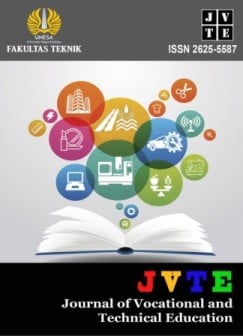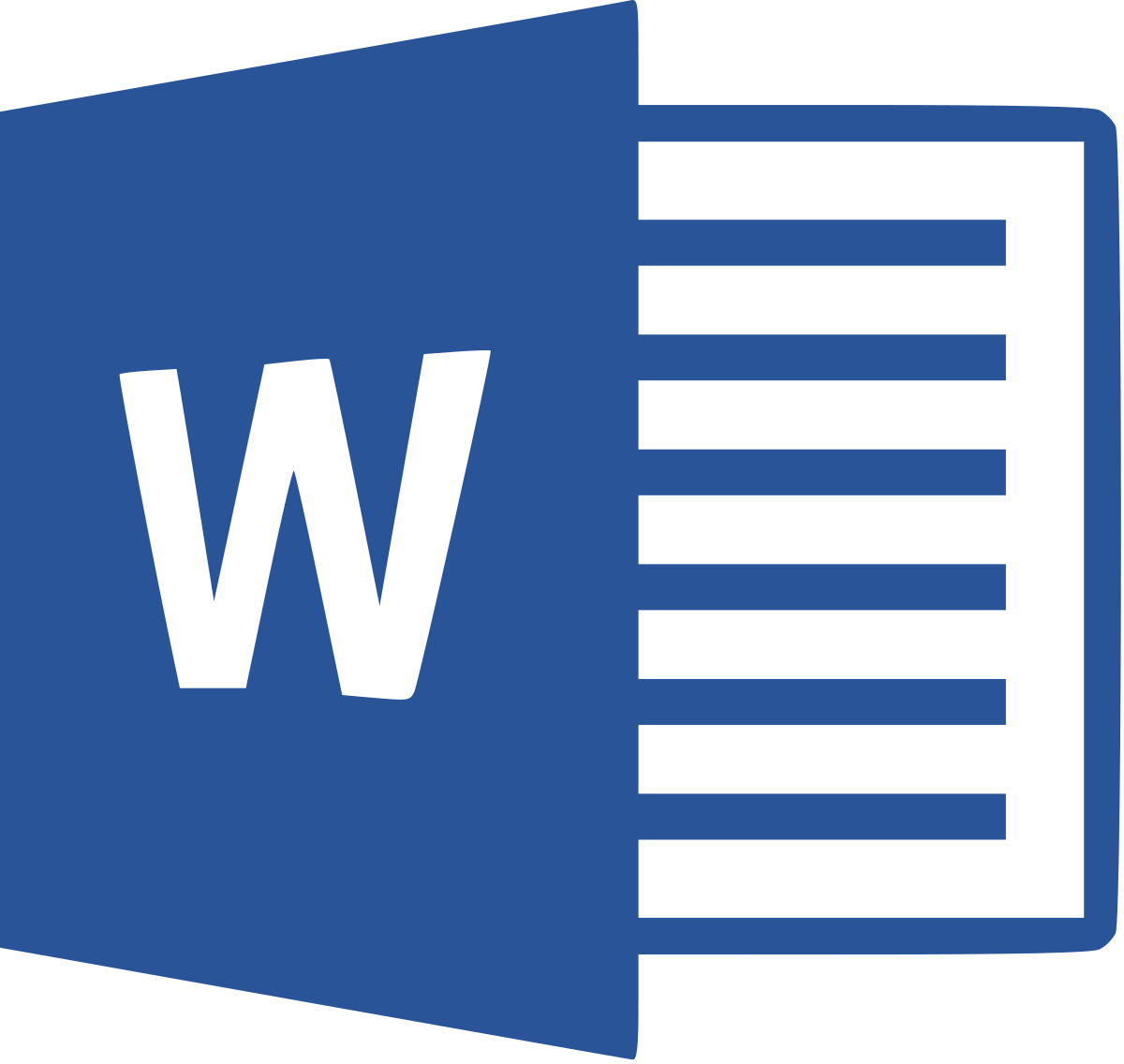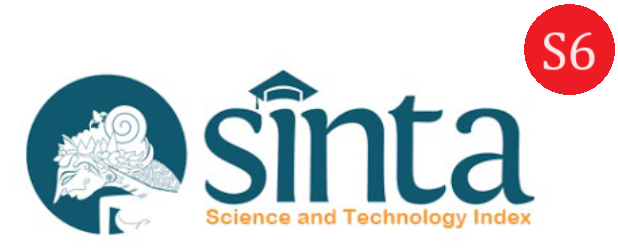Pengaruh Model PjBL dan Motivasi Belajar Terhadap Hasil Belajar Mapel DDTK Kelas X TITL SMKN 1 Sidoarjo
DOI:
https://doi.org/10.26740/jvte.v5n2.p134-144Abstract
Dalam melaksanakan kegiatan belajar mengajar, tentunya diperlukan model pembelajaran yang dapat menunjang pembelajaran peserta didik. Pada Implementasi Kurikulum Merdeka (IKM), model pembelajaran project based learning (PjBL) merupakan salah satu model pembelajaran yang dianjurkan untuk diterapkan pada kurikulum merdeka. Penelitian ini bertujuan untuk: (1) Mengetahui pengaruh model pembelajaran PjBL dan DI terhadap hasil belajar peserta didik; (2) Mengetahui pengaruh hasil belajar peserta didik yang memiliki motivasi belajar tinggi dan rendah; (3) Mengetahui interaksi model pembelajaran PjBL dan DI terhadap hasil belajar yang ditinjau dari motivasi belajar peserta didik. Penelitian dilakukan pada mata pelajaran dasar-dasar teknik ketenagalistrikan kelas X TITL SMKN 1 Sidoarjo dengan fokus elemen perangkat lunak gambar teknik listrik. Metode penelitian yang digunakan adalah quasi eksperimen dengan desain faktorial 2×2. Subyek penelitian ini adalah kelas X TITL 1 sebagai kelas eksperimen dan kelas X TITL 2 sebagai kelas kontrol di SMKN 1 Sidoarjo. Kemudian untuk menganalisis data digunakan uji normalitas, uji homogenitas, dan uji ANAVA dua arah. Hasil penelitian menunjukkan bahwa: (1) Terdapat pengaruh model pembelajaran PjBL dan DI terhadap hasil belajar kognitif dan psikomotor dengan diperoleh nilai signifikansi sebesar 0,000 dan 0,000. Namun tidak terdapat pengaruh terhadap hasil belajar psikomotor dengan diperoleh nilai signifikansi sebesar 0,965; (2) Terdapat pengaruh hasil belajar afektif dan psikomotor peserta didik yang memiliki motivasi belajar tinggi dan rendah dengan diperoleh nilai signifikansi sebesar 0,000 dan 0,000. Namun tidak terdapat pengaruh terhadap hasil belajar kognitif dengan diperoleh nilai signifikansi sebesar 0,140; (3) Terdapat interaksi model pembelajaran PjBL dan DI terhadap hasil belajar kognitif yang ditinjau dari motivasi belajar peserta didik dengan diperoleh nilai signifikansi sebesar 0,034. Namun tidak terdapat interaksi terhadap hasil belajar afektif dan psikomotor dengan diperoleh nilai signifikansi sebesar 0,812 dan 0,695.
Kata Kunci: Project Based Learning, Direct Instruction, Motivasi Belajar, Hasil Belajar.
In carrying out teaching and learning activities, of course, a learning model is needed that can support student learning. In the Implementation of the Independent Curriculum (IKM), the learning model project based learning (PjBL) is one of the recommended learning models to be applied to the independent curriculum. This study aims to: (1) determine the effect of PjBL and DI learning models on student learning outcomes; (2) Knowing the effect of student learning outcomes with high and low learning motivation; (3) Knowing the interaction of PjBL and DI learning models on learning outcomes in terms of student learning motivation. The research was conducted on the subject of the basics of electrical engineering class X TITL SMKN 1 Sidoarjo with a focus on elements of electrical engineering drawing software. The research method used is quasi-experimental with a 2×2 factorial design. The subjects of this study were class X TITL 1 as the experimental class and class X TITL 2 as the control class at SMKN 1 Sidoarjo. Then to analyze the data used the normality test, homogeneity test, and two-way ANOVA test. The results showed that: (1) There was an influence of the PjBL and DI learning models on cognitive and psychomotor learning outcomes with significant values of 0.000 and 0.000. However, there was no effect on psychomotor learning outcomes with a significance value of 0.965; (2) There is an effect of affective and psychomotor learning outcomes on students who have high and low motivation to learn with a significance value of 0.000 and 0.000. However, there is no effect on cognitive learning outcomes with a significance value of 0.140; (3) There is an interaction between the PjBL and DI learning models on cognitive learning outcomes in terms of student learning motivation with a significance value of 0.034. However, there was no interaction with affective and psychomotor learning outcomes with significance values of 0.812 and 0.695 obtained.
Keywords: Project Based Learning, Direct Instruction, Learning Motivation, Learning Outcomes.
Downloads
Published
How to Cite
Issue
Section
License

This work is licensed under a Creative Commons Attribution-NonCommercial-ShareAlike 4.0 International License.
 Abstract views: 569
,
Abstract views: 569
, PDF Downloads: 562
PDF Downloads: 562






